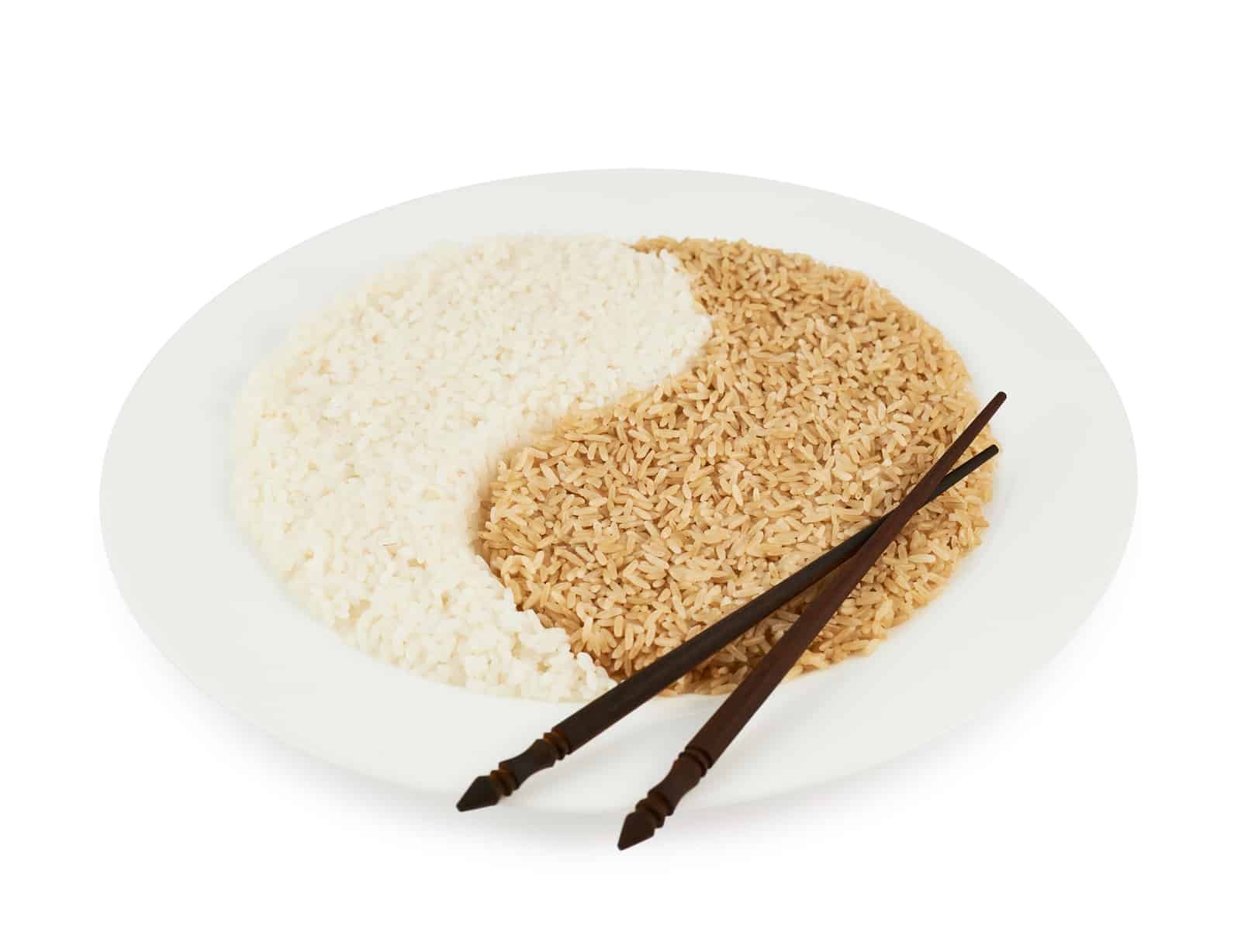
Table of Contents
In the now famous debate: brown rice vs white rice, it goes without saying that the former is the healthier option, right? Brown rice is simply white rice plus the hull and bran. These two parts that we usually remove are awash with nutrition. Why don’t we delve into why one type is better than the other?
Brown Rice Nutrition
The side hull and bran in brown rice have nutrients like thiamine, magnesium, potassium, proteins, calcium, and fiber . It goes without saying that its white counterpart does not have these nutrients.
What other nutrients can you find in brown rice?
SeleniumBrown rice contains high levels of selenium. It helps to reduce the risk of developing heart disease, arthritis, and cancer.
Naturally occurring oilsThese help to bring cholesterol levels to normal.
FiberDue to the high fiber content in brown rice, it helps to prevent colon cancer. The fiber attaches to cancer-causing substances in the body and eliminates them. White rice has very low fiber content.
ManganeseA cup of brown rice will provide you with 80% of your daily manganese requirements. Manganese aids in fat synthesis.
Other factors
Glycemic indexWhen we talk about a food’s glycemic index ( GI ), we are simply talking about how fast it is digested, how fast it raises blood sugar levels, and even how high. Foods with a high GI are digested faster, raising blood sugar levels faster. Foods with a low GI will be digested slower, thus raise blood sugar levels slower.
When compared to white rice, brown rice has a low GI. What does this mean? It is ideal for fat loss, keeping heart disease at bay, controlling hunger and preventing diabetes.
Weight loss
As aforementioned, when it comes to weight loss, brown rice reigns supreme. Brown rice makes you feel fuller since it contains a lot of fiber. You, therefore, eat less. There is no intake of extra calories, making you shed the pounds. The carbs in brown rice are less likely to be stored as body fat, further contributing to weight loss.
Heart disease
6 servings of whole grains like brown rice lower the formation of plaque in heart arteries, preventing heart disease.
What about fortified white rice?
During refining, white rice gets stripped of all the important nutrients listed above. In a bid to make it more ‘nutritious’, synthetic vitamins and iron are added. It is then re-named ‘fortified white rice‘ . Unfortunately, this is only a marketing tactic, as the so-called ‘fortified rice’ does not even reach the minimum nutritional requirements per serving.
Brown Rice vs White Rice and Type 2 diabetes
If you eat 2 or more servings of brown rice per week, you decrease the chances of developing type 2 diabetes. If you eat 5 or more servings of white rice weekly, you increase your susceptibility to the same. This is according to recent research at Harvard’s Public Health School.
If you replace just 50 grams of white rice with brown, you will lower the risk of diabetes by up to 16%. Brown rice is a great option for people with diabetes. This is because it stabilizes blood sugar.
Organic?
Organic brown rice is more nutritious. If you cannot access organic, switching from white rice will result in many benefits.
Brown rice vs white rice: the controversy continues
Despite all the nutrients found in brown rice, it contains phytate . This is a substance that minimizes the ability to absorb nutrients in the body. You will find this substance in the hull and bran. Isn’t it too bad that brown rice could have all the best nutrients yet have a substance to prevent their absorption? In this respect, white rice is the seemingly better option.
Brown rice is also said to contain high amounts of arsenic. If you eat rice a lot of times, this substance could ultimately cause cancer, high blood pressure, diabetes and heart disease.
Brown rice vs white rice: the way forward
As you can see, the controversy is yet to be settled. At face value, it may be easy to conclude that brown rice is the better option. On deeper analysis, its flaws come alive. Making the decision on which one to go for is not easy. Other factors may come into play, ranging from personal preference, taste, whether you have diabetes, and whether you eat rice frequently. More scientific research will reveal more about these two types. In future, people will be able to make more informed decisions.








